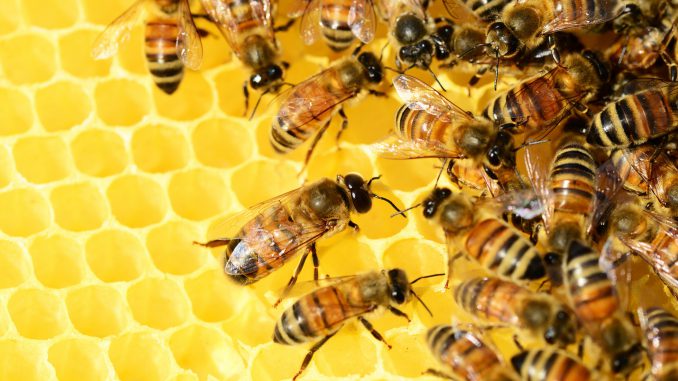
This programme aims, in particular, to strengthen the national system of surveillance and monitoring of bee mortality and disappearances and to set up a national database for the registration of beekeepers.
The Ministry of Agriculture has come to the rescue of beekeepers. It has drawn up an emergency programme to combat the disappearance of bee colonies. The announcement was made by Mohamed Sadiki, Minister of Agriculture and Maritime Fishing, on the sidelines of a scientific symposium on this phenomenon, held in late February in Rabat. According to him, the objective is to support the sector and reduce the effects of this phenomenon, through a national treatment campaign against varoas, a well-known parasite which is regularly treated, and the implementation of an awareness programme for beekeepers on good beekeeping practices.
The strengthening of the national surveillance and monitoring system for bee deaths and disappearances, support for affected beekeepers to restock hives and the establishment of a national database for the registration of beekeepers are also on the menu.
During this scientific meeting, the Minister also indicated that several analyses carried out by laboratories have confirmed that the disappearance of these insects is not due to any disease. This announcement is similar to that of the National Office for Food Safety (ONSSA). According to the Minister, it is rather linked to climatic conditions such as the increase in temperature and the lack of rainfall, and to environmental conditions such as the insufficient quantity and quality of pastures. “The collapse of bee colonies can also be explained by conditions related to the sanitary state of apiaries and the means of prevention used,” he said.
22,000 hives affectedMr. Sadiki
also highlighted the development of the beekeeping sector in Morocco, with honey production reaching 8,000 tons per year, against 4,700 tons in 2009, for an added value of 822 million dirhams. An “unprecedented development” favoured, according to him, by the Green Morocco Plan. During a scientific meeting organised at the beginning of February 2022 at the Hassan II Agronomic and Veterinary Institute in Rabat, the minister revealed the setting up of thirty-two teams by the ONSSA to carry out field surveys in no less than 21 provinces.
Research has identified 22,000 hives affected by these disappearances. A large number of them have been identified near Errachidia, which is considered the area most affected by this phenomenon. “Investigations and research are continuing within the framework of a multidisciplinary committee bringing together different stakeholders,” he said.

Be the first to comment